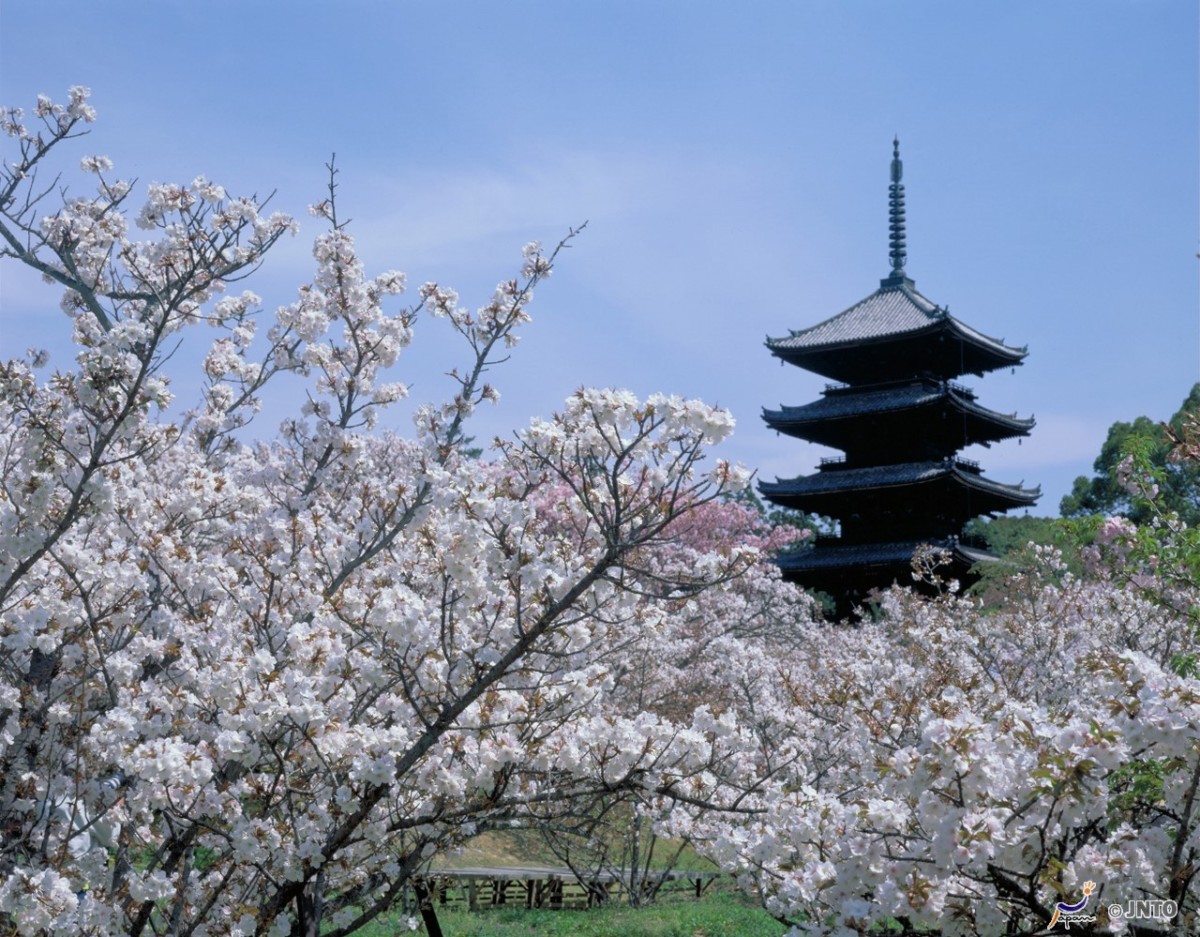
With a rich array of pristinely preserved castles, temples, shrines and tea houses, the ancient city of Kyoto is widely regarded as the cultural heart of Japan. For over a millennium, from 794 until 1868, Kyoto was the capital of Japan and seat of the Emperor. Kyoto was, in fact, spared the destruction that befell many other Japanese cities during World War 2 because of its incredible cultural wealth, and walking its narrow streets is like taking a journey back in time. While there’s a huge range of things to see, do and experience in this vibrant city, here are our top six attractions.
1. The Philosopher’s Walk
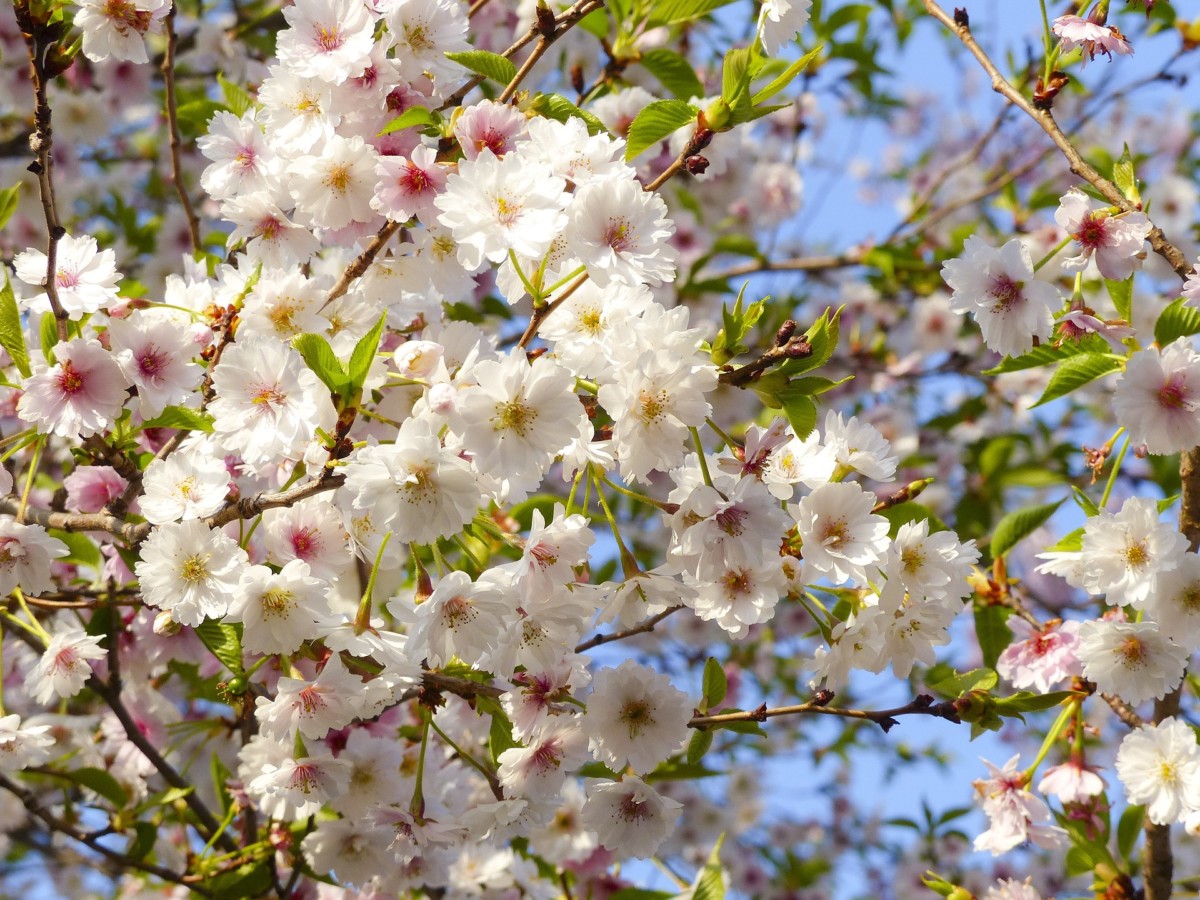
The Philosopher’s Walk is great for cherry blossom viewing.
Kyoto is a great city to explore on foot and a stroll along the Philosopher’s Walk is a particularly enrichening and invigorating experience. This 2.3km pedestrian path follows a cherry-tree-lined canal in Kyoto, between the Ginkaku-ji and Nanzen-ji temples, and a leisurely stroll along the banks will take approximately 45 minutes to complete.
The Path is named after one of Japan’s most famous philosophers, Nishida Kitaro, who reputedly meditated while walking the route on his daily commute to Kyoto University.
In early April, the cherry trees along the route explode into bloom, making this a great spot for hanami or cherry blossom viewing.
Click here to view the official cherry blossom forecast for Japan.
2. The Golden Pavilion
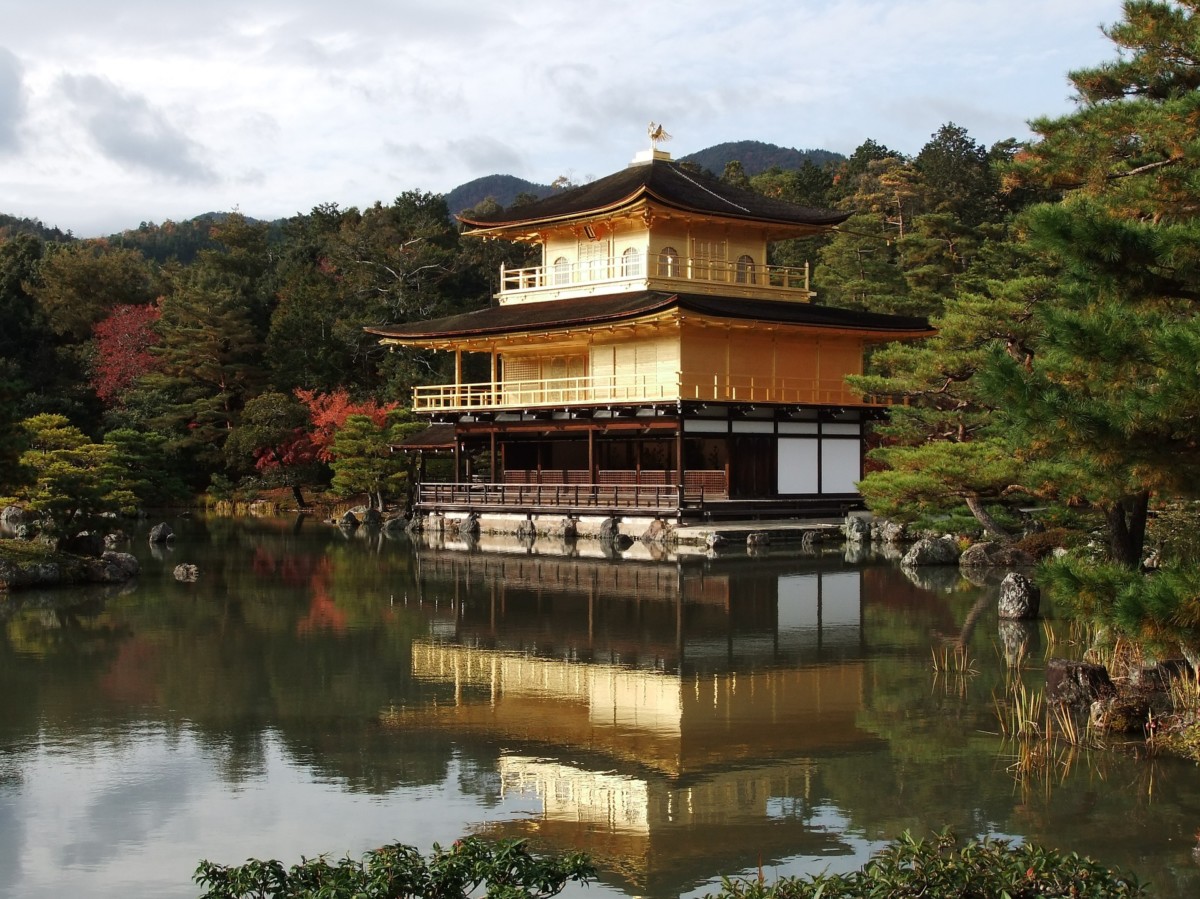
The Kinkaku-ji or Golden Pavilion
Overlooking a serene pond and manicured Japanese gardens, the Kinkaku-ji or Golden Pavilion is a stunning Zen temple in northern Kyoto. True to its name, the building is actually covered in gold leaf. The building was originally a retirement villa for the powerful shogun, Ashikaga Yoshimitsu. After his death and in accordance with his last wishes, the Pavilion was converted into a Zen temple for the Buddhist Rinzai sect in 1408.
The building has, in fact, burnt down a number of times throughout history, including twice during the Onin War (1467–1477). It was most recently set ablaze by a mentally ill novice monk in 1950. The temple was painstakingly reconstructed and in 1994 became a UNESCO World Heritage site.
Yukio Mishima’s novel The Temple of the Golden Pavilion tells an intriguing, fictionalized account of the burning of the temple in 1950.
3. Japanese Tea Ceremony
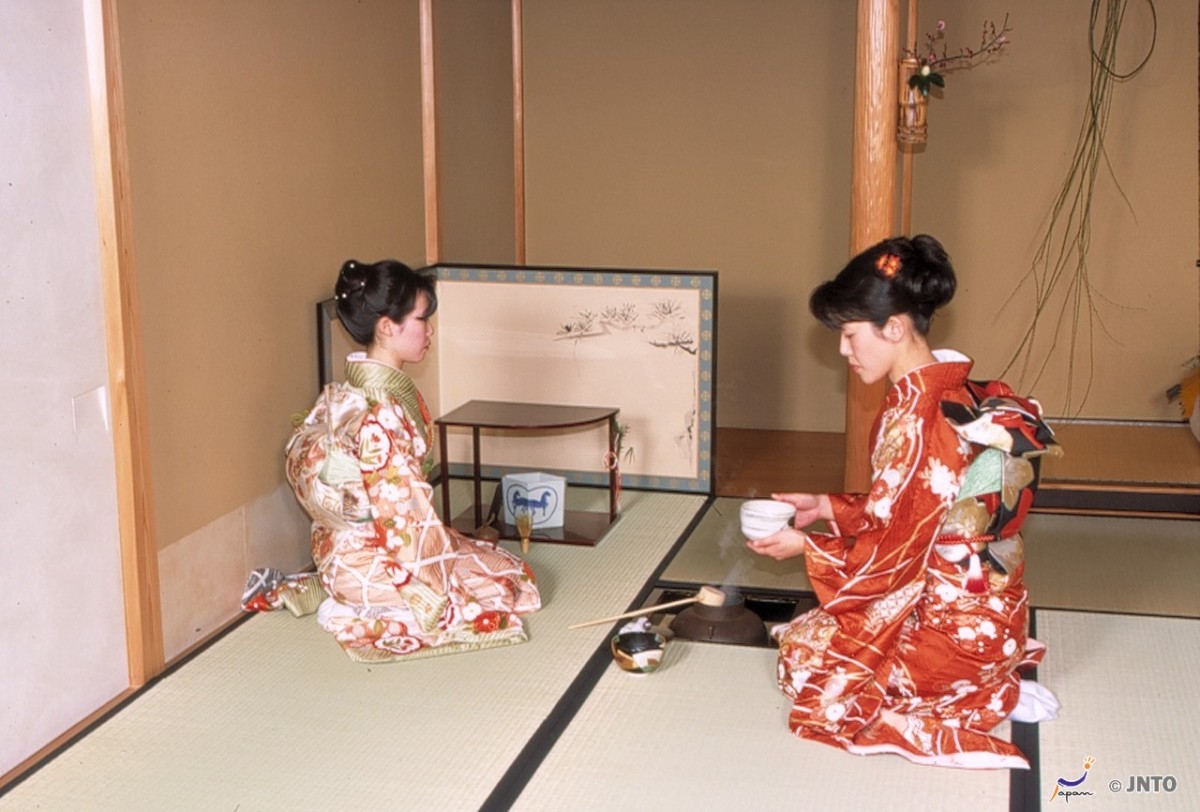
Chado or tea ceremony.
The Japanese Tea Ceremony or Chado is a highly ritualised event that has its origins in Zen Buddhism. The ceremony involves the meticulous preparation and serving of green matcha tea, in which practically every movement is prescribed. The geisha of Kyoto are renowned for their skill at performing the ceremony and visitors can experience this unique ritual in a traditional teahouse.
4. Nijo Castle
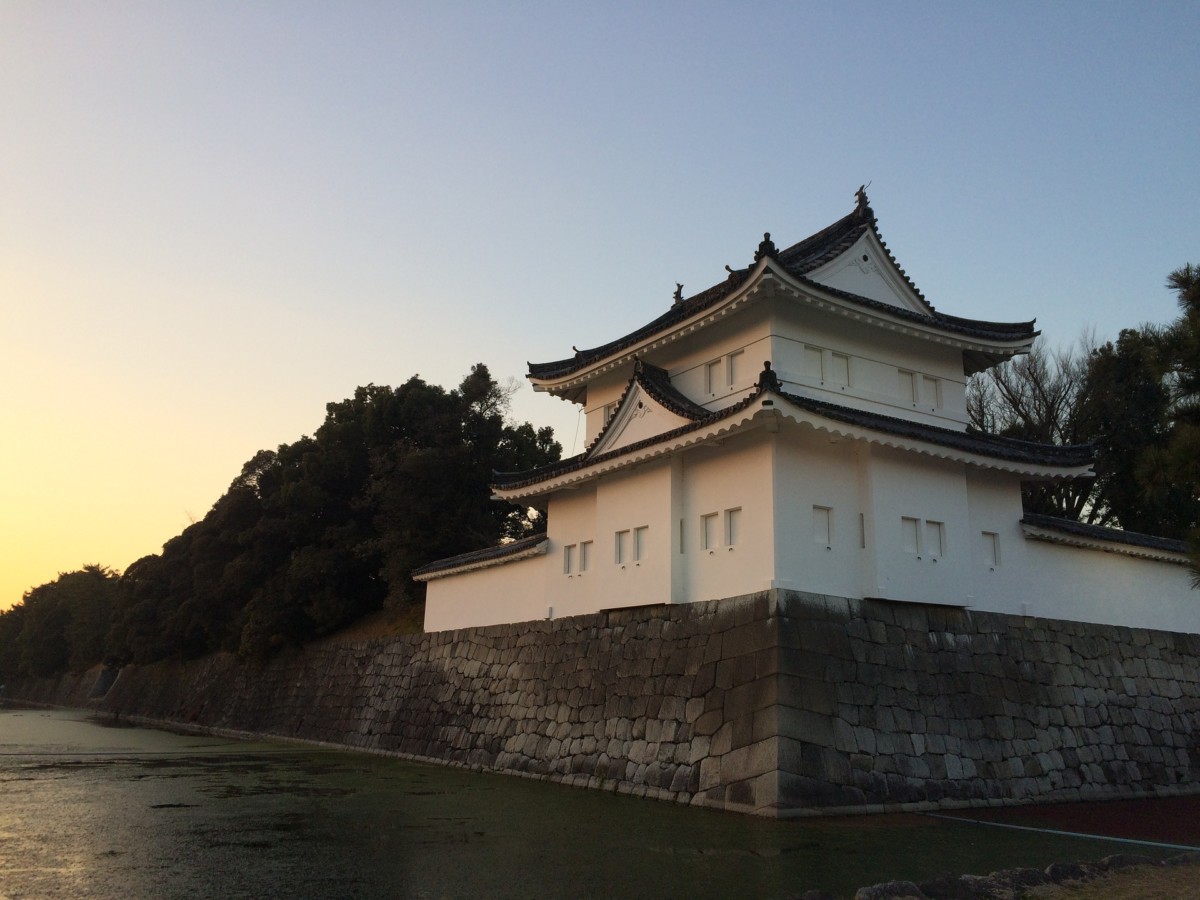
Nijo Castle
Built in 1603, Nijo Castle was the Kyoto residence of the first shogun or military ruler of the Edo Period, Tokugawa Ieyasu. The Castle is widely regarded as one the best examples of Japanese feudal architecture and was designated a UNESCO World Heritage Site in 1994.
The Castle is surrounded by two formidable defensive circles that include unassailable stone walls and massive moats. Inside these defensive lines is the Ninomaru Palace. The buildings of the Palace are sumptuously decorated with tatami mat flooring, ornate ceilings and sliding screen doors.
Underneath this rich decoration, however, lies some pretty innovative security measures. The so-called ‘nightingale’ floors of the Castle’s corridors are designed to make a noise like a bird chirp when stepped upon to alert the inhabitants of intruders.
5. Fushimi Inari-taisha Shrine
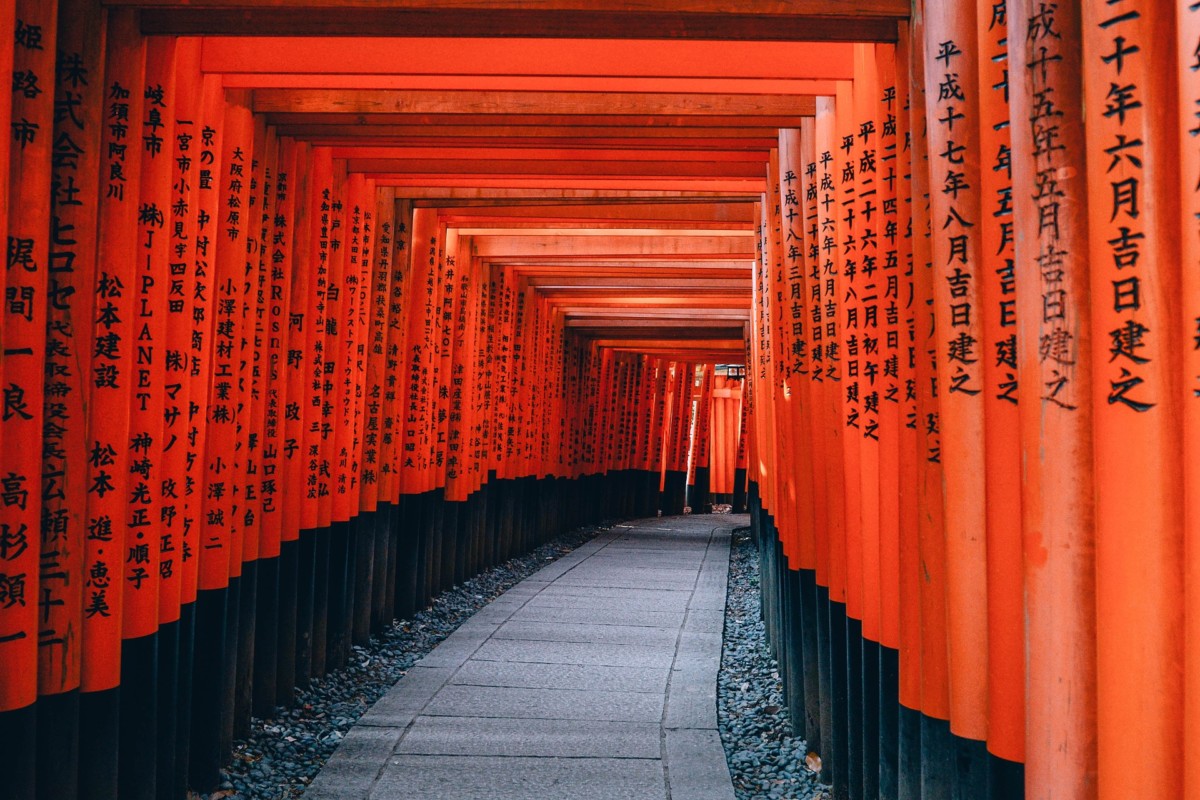
The Fushimi Inari-taisha Shrine with its thousands of vermilion gates
The Fushimi Inari-taisha Shrine is famous for its thousands of vermilion gates or torii. Predating the arrival of Buddhism from mainland Asia, Shinto was the original religion of Japan and the torii signify your entrance to sacred land. The origins of the shrine are shrouded in the mists of time, but we know that it predates the designation of Kyoto as Japanese capital in 794.
The torii of Fushimi Inari-taisha straddle the trails that lead around the sacred forest of Mount Inari. Visitors begin their hike at the Senbon Torii (literally meaning ‘Thousands of Torri Gates’), where there are two parallel rows of densely packed gates that have been donated by individuals and companies. While the hike to the summit takes three hours, most visitors only venture to the midway point where there’s a beautiful view of the city below.
6. The Ryoan-ji Temple
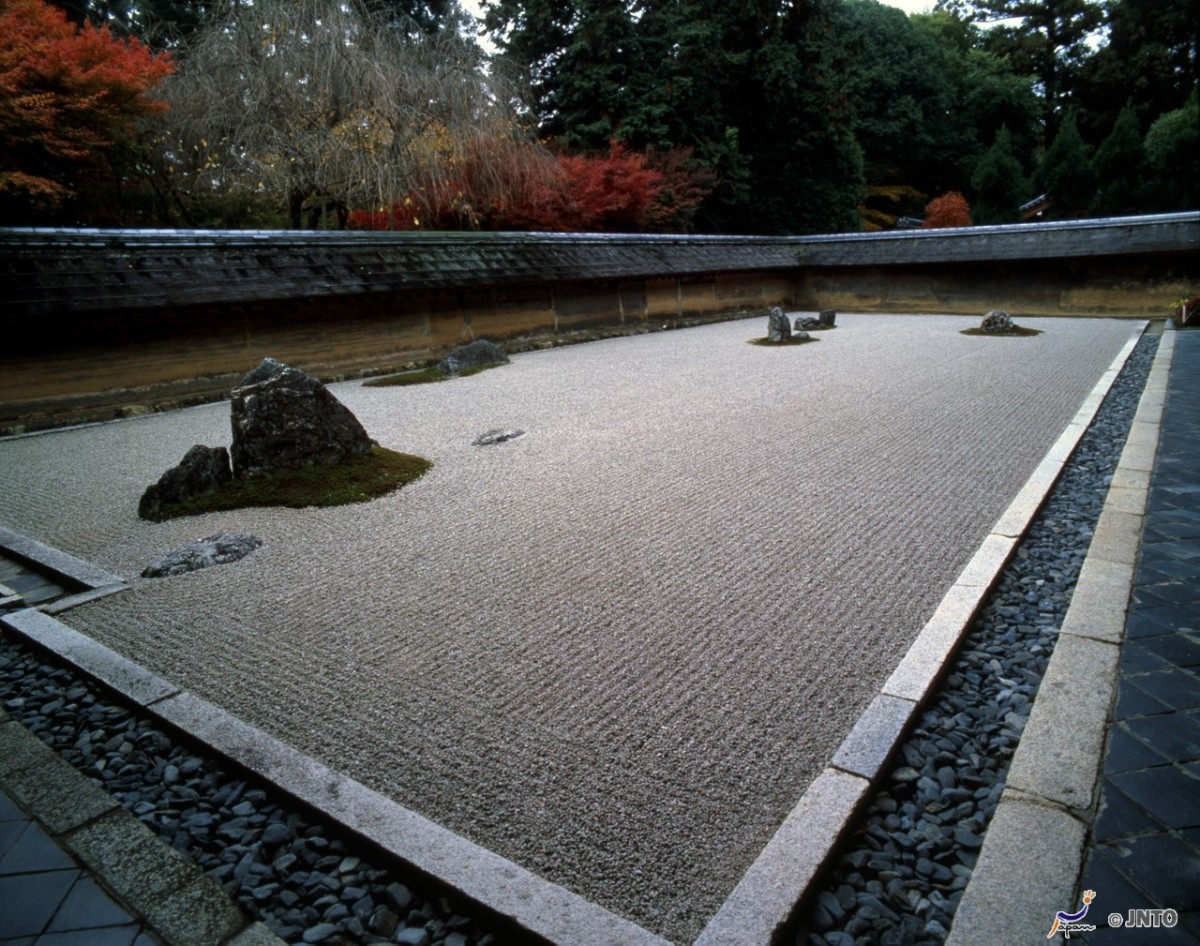
The rock garden of the Ryoan-ji Zen Buddhist temple
Dating to the 1400’s, the Ryoan-ji Zen Buddhist temple is home to one of Japan’s most intriguing rock gardens. The temple was originally an aristocrat’s villa that was converted into a Zen complex in the 1400’s. The meaning of the rectangular plot’s raked pebbles and 15 jutting boulders has been the subject of debate for centuries. One school of thought interprets the scene as islands in a sea, while another views them as a tiger carrying cubs across a pond. There’s no definitive answer and part of the experience is to interpret this Zen masterpiece for yourself. While the garden is designed to be seen from a variety of vantages, it’s a curious fact that no matter where you view it from, one rock is always mysteriously obscured.
Kyoto Facts
- Population: 1.4 million.
- Kyoto is home to more than 2,000 Buddhist temples and Shinto shrines and 17 UNESCO World Heritage sites.
- Kyoto was originally the #1 target for the first US atomic bomb attack. The city was dropped from the target list, following an intervention from US Secretary for War, Henry Stimson. He argued that the Japanese would not forgive the destruction of their cultural capital in the post-war period.
- Unlike most Japanese cities, Kyoto is organised in a street grid system.
Unique Japan Tours is a leading global Japan Travel Specialist company. Our team of Japan Travel Specialists are ready to plan an unforgettable trip for you or your clients. All of our tours begin and end in Japan which means it doesn’t matter where you come from, we will take care of your needs once you land inside Japan. So let’s start planning your trip today!

